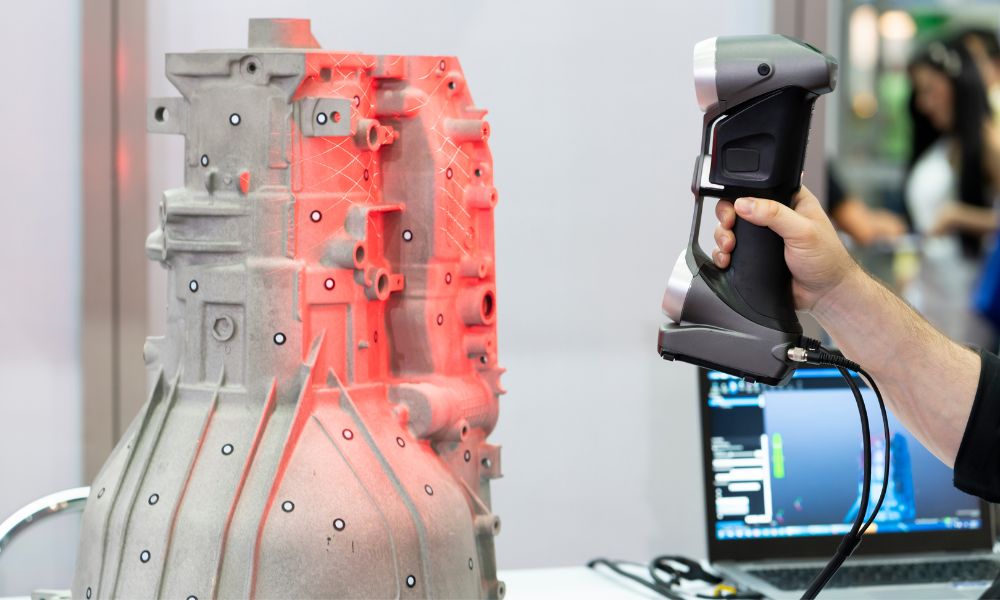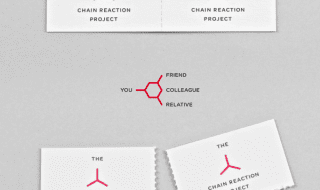
In the bustling world of technology, 3D scanning is a veritable beacon of innovation. This intricate dance of light and computation brings objects from our tangible world into the digital arena. Before considering why you should use 3D scanning for a project, it’s important to learn how it works.
That’s why we’re here to break down the 3D scanning process into steps, elaborating on each step so you can understand how it works. Let’s peel back the future of 3D tech, one layer at a time.
Step 1: Preparation
The kickoff to 3D scanning is reminiscent of prepping a canvas for painting; it’s all about making your object scan-ready. Depending on the scanner and the object’s material or color, you might have to dust it with reflective spray to reduce glare and aid in data capture. This preparatory measure enhances the precision of the subsequent stages. This step is less important for scanning large objects like buildings, but you’ll want to prep anyways.
Step 2: Data Acquisition
Data acquisition is where the visual symphony begins. The scanner emits laser beams or structured light toward the object, navigating its landscapes and contours. Next, the light reflects onto sensors that record the information. This stage is dynamic, as the scanner might orbit around the object or the space to document every angle and edge.
Step 3: Data Processing
Now that you have your raw scans, it’s time to transform them into a digital model! The collected data first appear as point clouds, with each point representing a coordinate on the scanned object’s surface. Sophisticated software stitches these points into a digital mesh, which is essentially a polygonal representation of the object. At this stage, the model takes a recognizable shape.
Step 4: Post-Processing
The creation is not complete without the final strokes of refinement. Post-processing involves nipping and tucking the digital model to perfection. We’re talking about snipping away extraneous data, enhancing the resolution, or colorizing the model to mirror the scanned object or area. While 3D scans are surprisingly accurate, they’re not always perfect. Still, a solid preparation stage will make this stage easier.
This step is where artistry meets technology; the final model won’t just resemble the real thing—it virtually is the real thing.
Application and Use Cases
Now that you know the basics of how the 3D scanning process works, it’s time to apply it to the real world. The creative possibilities are vast with a fully realized 3D model. These digital twins can serve a myriad of purposes, from reverse engineering legacy parts to creating virtual showrooms for products. In the medical field, 3D models assist in surgical planning, while in heritage conservation, they preserve ancient artifacts.




